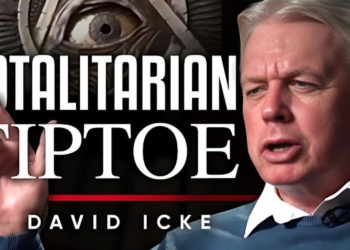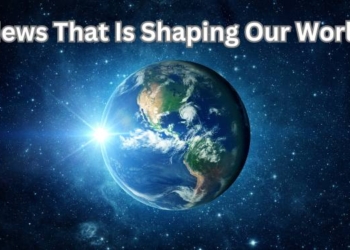
By Forrest Rivers
In times of social upheaval, all human beings (whether conscious of this fact or not) are challenged to question the very meaning of their existence. Events such as war, economic collapse, pandemics, political revolution, and natural disasters have the effect of shaking men and women out of their day to day routines and sense of comfort. As history clearly demonstrates, such occurrences have also sparked some of the most profound and inspiring renaissances in the creative arts such as music, writing, and painting. In truth, periods of social upheaval and soulful expression fit together seamlessly. Just as we cannot separate the river’s journey from its destination of the vast blue ocean, so can’t we separate revolutions in the creative arts from their societal contexts. As a case in point, consider the Renaissance of art that took place during the decades of the 1960s and ’70s.
From a global context, this age had it all: a hugely unpopular and devastating war in Vietnam; the Cold War and the looming threat of nuclear devastation; Independence movements in Africa and the Civil Rights Movement in the United States; Women’s Liberation on both sides of the Atlantic; as well as indigenous rights’ protests in the Americas. In short, for much of the world, social revolution and war came to define that period’s external landscape. Unquestionably, the escalation of extreme state violence amidst a backdrop of mass protests and growing existential fears gave birth to an inspiring and formidable movement of higher consciousness: the hippie counterculture. At its core, the hippies were at the forefront of a spiritual movement that sought to promote a more soulful and natural way of living in harmony with the whole of Creation. On the surface, they saw an external world marked by widespread fear, greed, mindless conformity and hypocrisy. In response to society’s madness, the hippies turned within through such spiritual outlets as meditation, psychedelics, and communion with nature in order to arrive at their own inner truths in this time of moral fragmentation. The result of such inner searching(found especially through exploring Native American and Eastern traditions), saw an explosion of raw and spirited creativity that simultaneously served as a deep social commentary of the unjust and vapid corporate-consumer culture; while also sharing a vision of a transcended state of consciousness centered on our unity of being.
The hippies’ powerful merging of an outer world critique and an inner vision of untapped hope, peace, and unity found its soulful expression most powerfully through music. Household acts like: the Beatles; Bob Marley; Jimi Hendrix, Pink Floyd, Led Zeppelin, The Who, Jefferson Airplane, Janis Joplin, Bob Dylan, Neil Young, The Doors, the Grateful Dead and many others communicated the hippie ethos through the vehicle of sound. However, this era’s renaissance in art wasn’t limited to music alone. Beatnik poets and hippie authors like Alan Ginsberg, Jack Kerouac, William Burroughs, Ken Kesey, and Gary Snyder accomplished through words what musicians did through music. And, who can fail to mention (perhaps) three of the most impactful and sage-like writers of that generation…. Baba Ram Dass, Aldous Huxley, and Alan Watts!
At the present moment, the world is primed for the latest renaissance of art. This spark of soulful expression may even eclipse the creative genius of the hippie counterculture from a half-century ago. So far, the events and happenings of 2020 are providing the ultimate context for the start of a tidal wave of creativity. The opportunity presented by this once in a lifetime pandemic (COVID -19) for such a movement cannot be overstated. There is no doubt that this virus has been terribly tragic in terms of human life lost. However, it is precisely this presence of death’s now very public face that is responsible for sparking inner reflection on the meaning of one’s own mortality. In essence, COVID-19 has forced all of humanity to at once confront that one mysterious yet omnipresent constant that pervades our very consciousness. For the first time in decades, the majority of humans are suddenly having to examine the tough existential questions that are typically buried beneath our techno-consumerist distractions. Some of these questions have consumed the minds of philosophers and the souls of mystics from every spiritual faith: Who am I? What happens when I die? Will I be reborn? What is my purpose here on Earth? Who or What is God?” Undoubtedly, many beings will feel drawn to the creative arts to express their own answers to such profound existential questions.
There is an additional layer to this pandemic that lends itself to the coming renaissance of art. In a desperate effort to contain the virus, governments around the world have carried out unprecedented shutdowns of several key industries in the global economy. The impact caused by these shutdowns has had far-reaching and unforeseen consequences for humanity. On the one hand, the massive shutdowns have facilitated the full-scale meltdown of the global financial system and led to an unemployment crisis not seen since at the height of the Great Depression. Predictably, the shock to the economy has exasperated our collective fear and inflicted significant hardships on the majority of workers and the poor. On the other hand, due to this necessary period of “social distancing” and home quarantining, most of the world’s population are finding themselves alone more than ever before. With this added solitude, comes a greater opportunity for spirited self-reflection on our own lives and of our relationship with the Earth. Remarkable works of art will be the inevitable outcome of both this economic suffering and contemplative wisdom.
What’s more, at the exact same time that the world grapples with the severity of the crisis and all it portends for the future of the human race; deep and long-standing systemic problems have been fully exposed for us all to see. Such problems include but are not limited to: continuous tax-funded government bailouts of greedy corporations; politicians who use their elite insider knowledge to profit amidst periods of crisis; soaring wealth inequality between the rich and poor; a pattern of pathological lies peddled to the public by callous corporate-backed politicians and media sources; and the devastating impact that modern industry has had on the health of our beautiful planet. The outbreak of COVID-19 has dramatically revealed that immoral values like greed, violence, fear, and division currently underlie the foundations of the global- capitalist system.
In the days and months ahead, we can expect many peaceful souls to do what their forebearers did during the hippie counterculture. That is: turn within to the sublime reality of living spirit and transcend the lower depths of consciousness through channeling the divine in creation. The era of a new renaissance in art is upon us. To all artists and creative souls, the time has come to do what you do best: CREATE, MOVE and INSPIRE! Through your art, reveal the absurdity of organizing our societies around the worst aspects of the human condition. Even more important…. convey through your creativity the hope that exists in recognizing that death is not to be feared, that love will always prevail and that all things are connected as one. In these times of shared suffering, the reality of our eternal oneness has never been more apparent than it is now. Always remember, that conveying this truth of cosmic unity serves the highest and noblest aims of creative expression.
May the Great Renaissance of Art Commence!
Author Bio:
Forrest Rivers is a lover of the Earth and author of the book: The Hippie Revival and Collected Writings(https://www.amazon.com/Hippie-Revival-Collected-Writings/dp/1515396959). He lives in the beautiful Rocky Mountains of Colorado. Feel free to reach out to Forrest through email: forrestrivers4@gmail.com or leave a message on his website: forrestrivers.com





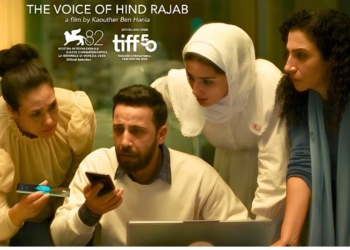
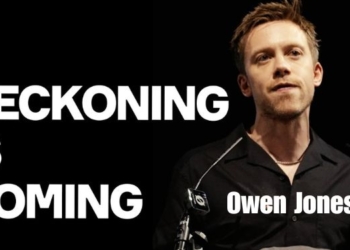
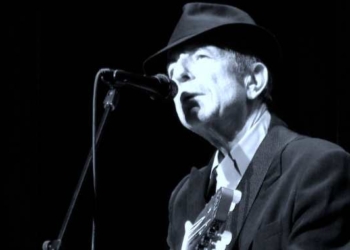
![Who Is Bobby Kennedy? [30-Minute Film on RFK Jr.’s Life, Narrated by Woody Harrelson]](https://consciouslifenews.com/wp-content/uploads/2024/05/who-is-bobby-kennedy-350x250.jpg)
